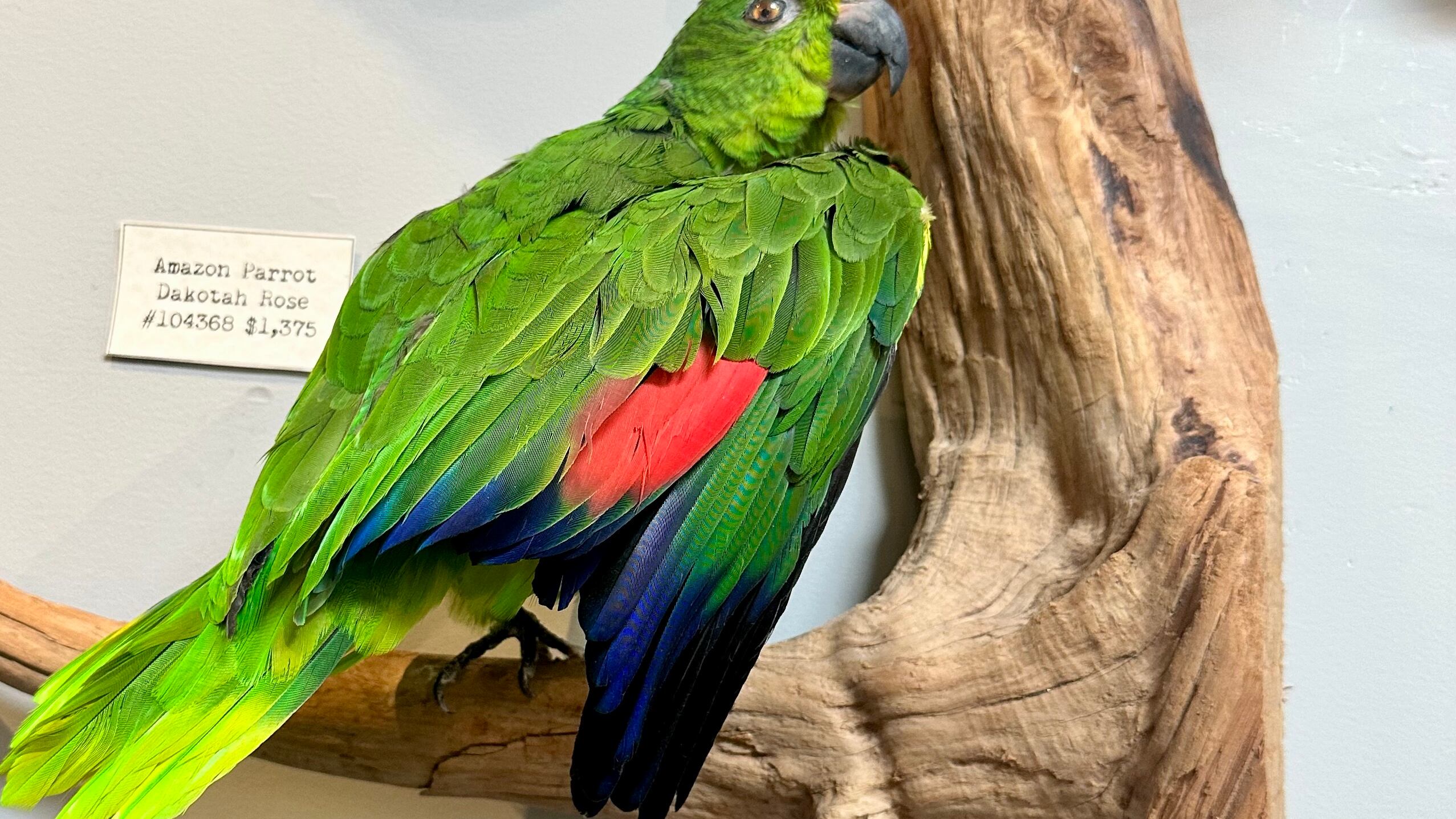“There’s this weird notion that we’re serial killers or something, but we love animals and we want to give them a second life,” says Dakotah Rose Gould, an Iowa native who teaches taxidermy workshops at Paxton Gate, the Portland natural history and home goods curiosities outlet on Northwest 23rd Avenue.
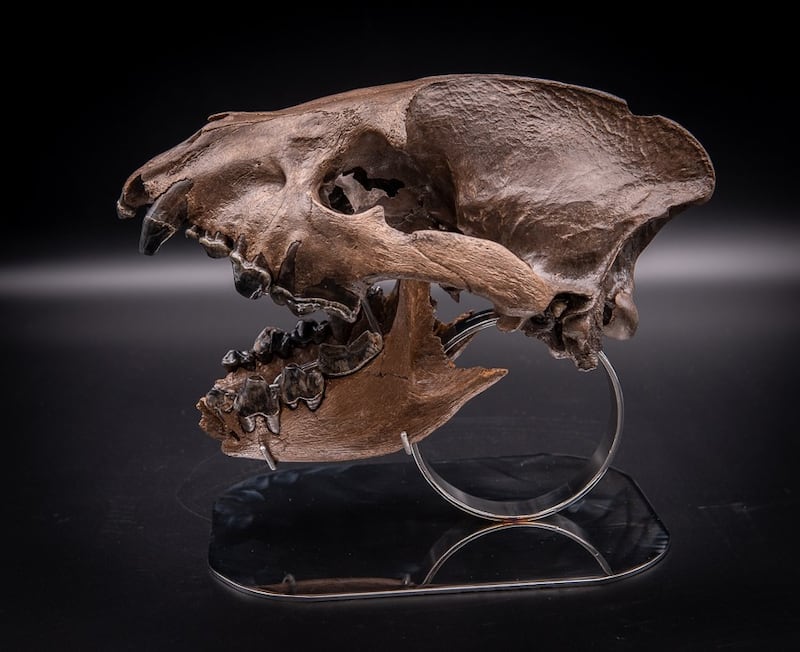
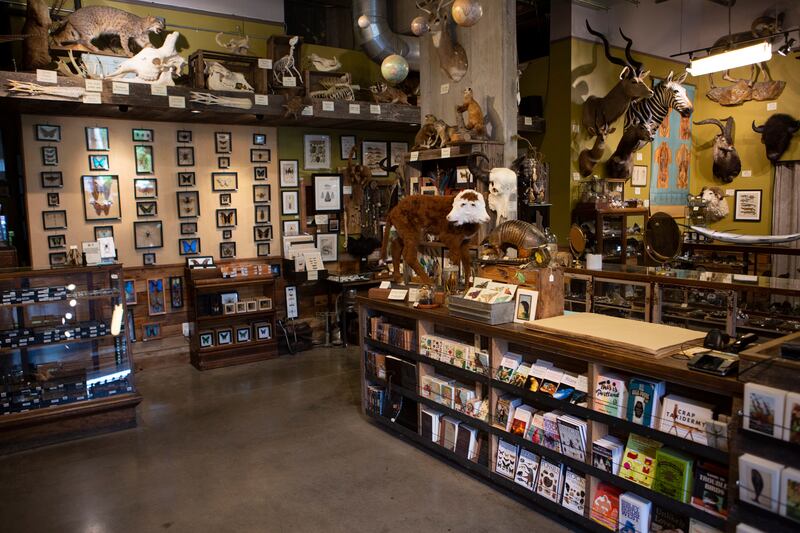
In January 2020, Gould began instructing at the shop, which is known not just for its taxidermied animals, but also for its collection of mounted insects, skulls, carnivorous plants and crystals. The practice of taxidermy, of course, is putting the skin of an animal on a form to make it lifelike. Gould compares it to dressing a mannequin at a department store. Though some use this art to anthropomorphize wildlife or create horror film-inspired tableaus, Gould’s style is straightforward. She aims to re-create what the animals looked like when they were alive.
In line with this respect for each creature’s life, she gathers her materials thoughtfully. Most of the skins come from animals that have died naturally at sanctuaries, zoos and ranches, or whose carcasses were recovered by abatement businesses. She also sources rabbits from a company that sells their meat to zoos for food.
Gould didn’t set out to be a taxidermist. Her stepfather who raised her was Indigenous, so she grew up among shaped skins, and later found herself walking in the woods, collecting bones and forming them into jewelry and art pieces.
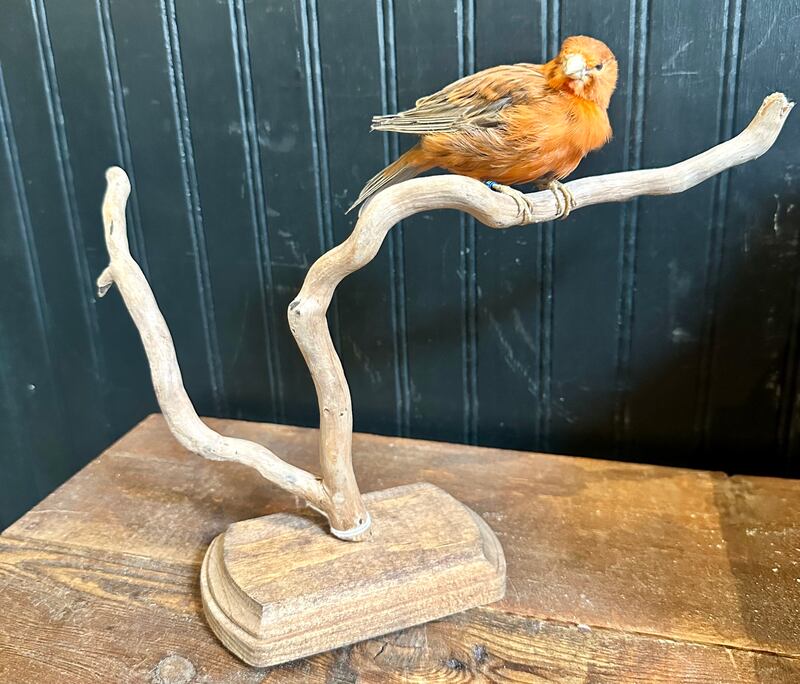
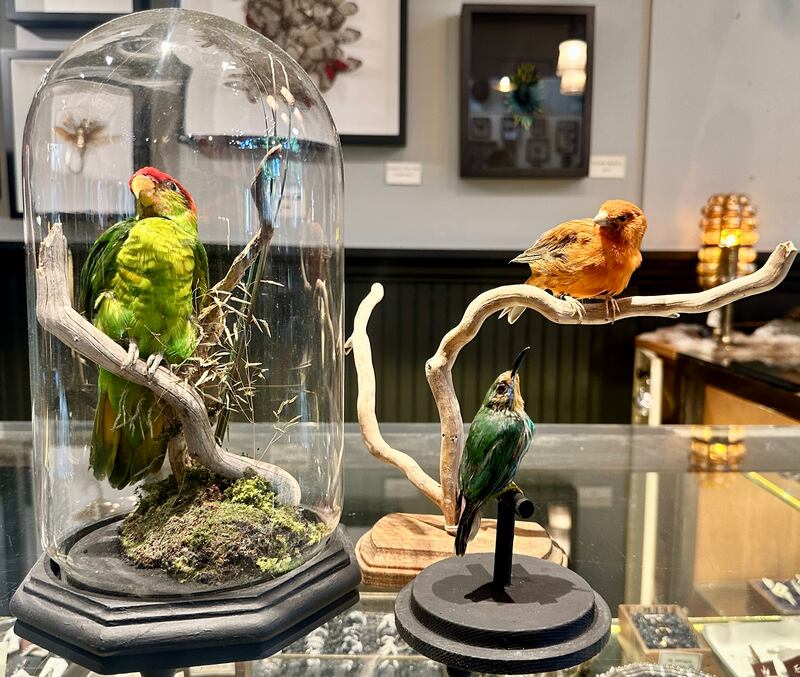
“I don’t really know how I got into this,” Gould says. “I can’t pinpoint a time when I said, ‘I’m going to do this.’”
Her career interests varied from veterinarian to artist to tattoo artist. Then eight years ago, she took her first taxidermy class. Gould has been forming skins ever since.
“It’s a skill like anything else,” Gould says. “It takes time and practice. You won’t master it in a few classes. I still think I suck. Be patient with the process and take time to build skills.”
This fall, Gould is teaching four hands-on workshops. Each is 6 ½ hours long (with a 30-minute break) and costs $425 or $575 per person, depending on your choice of animal: full pigeon, jackalope on a plaque, or coyote shoulder mount. All materials and tools are provided, though students can bring in driftwood, glass domes, or other items to mount to their stuffed creatures.
So what’s the typical demographic makeup of a taxidermy class? An eclectic mix of mostly women in their 20s and 30s enrolled in her last series of workshops—everyone from roller derby players to moms to teachers, a surprising roster.
“It wasn’t what I expected because I’m out in the Midwest with 40-to-60-year-old-men who are hunters and trappers,” Gould explains. “It’s usually a bunch of old guys. To have young women in my age group sign up for my classes was mind blowing.”
See the rest of Willamette Week’s Best of Portland 2023 here!
